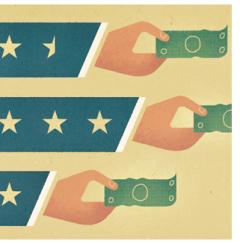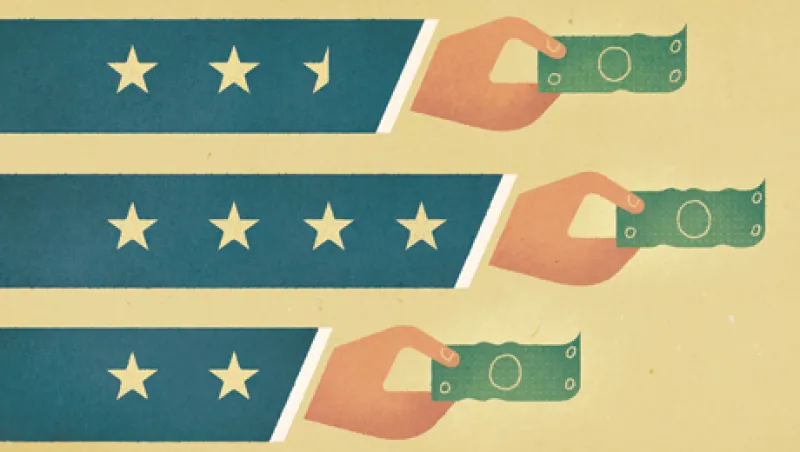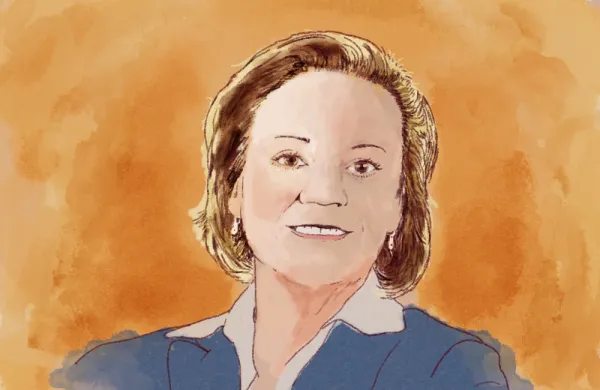Until now the case for corporate stock buybacks has rested far more on faith than data. Whenever a company seems to lack better opportunities, its CEO or CFO will be pressured by investors to buy back stock, or will anticipate such demands by announcing a buyback program, on the assumption that reducing the supply of outstanding shares will send the stock price up. And that it often does. But are buybacks always the best allocation of shareholder capital? Absolutely not, a new study of buybacks shows.

The prevailing wisdom in favor of them has rested on one or more of the following rationales: 1) Buybacks provide management with the flexibility to cash in gains or leave capital invested; 2) The tax consequences of the alternative for returning capital to shareholders — dividends — are onerous; and 3) Buybacks automatically produce higher earnings per share (although this is purely a mathematical, non-operating result and overlooks the increase in risk that the leverage accompanying the reduction in equity may consequently produce).
However, actual measures that analyze the returns or losses that buybacks generate on invested capital are rarely marshalled as evidence to back up such claims. “Buybacks are probably the least analyzed tangible event that companies spend so much money on,” says Jim Morrow, Fidelity Research Equity Income Fund portfolio manager. “There’s a lot of room to illuminate the effectiveness of buybacks.”
| Buyback Scorecard The Most and Least Effective Stock Buyback Programs The S&P 500 as Stock Repurchasers Best and Worst Programs Industry Comparisons A Tale of Two Companies' Buyback Programs |
“Hallelujah, we’ve been looking for something like this,” says Tom Kolefas, Manager of the TIAA-CREF Mid-Cap Value Fund. “It opens a window on share repurchases just as we, and the Street, require a return on acquisitions or capital expenditures. You can’t just say it was accretive. It has to post a satisfactory return on invested capital.”
To illuminate how companies achieved their ROI, the rankings also measure how effective the companies have been in timing their purchases. Quite obviously, the more cash a company spends before its stock rises and the more it rises, the higher its ROI will be. But the study reflects wide variations in timing and results, a surprising outcome given management’s freedom in this case to exploit inside information about its revenue, cash flow, earnings and other measures of corporate performance that shareholders care about.
Those variations are apparent in the study’s measures of buyback strategy, which compares total shareholder returns with the average prices of shares in the prior quarter, their dividends and ending quarter average price, and of buyback effectiveness, which compares the difference between a company’s ROI and its strategy. Companies that tend to repurchase shares when the stock price is lower than the overall trend demonstrate positive effectiveness, whereas those that tend to repurchase shares at prices higher than the overall trend demonstrate negative effectiveness. At heart, the study’s formula shows ROI to be the sum of strategy and effectiveness.
Among the highlights of the study’s findings:
• The median buyback cost $1.18 billion and produced ROI of 7.7 percent. Across all 24 sectors, Telecommunications Services led the way with a collective buyback ROI of 38.7 percent. At the low end of the spectrum, technology hardware & equipment (-12.3 percent) trailed other sectors.
• More than half of the 253 companies that bought back at least 4 percent of their market cap recorded a negative buyback effectiveness, indicating that managers generally time buybacks poorly.
• Sorting all 253 companies by their volume of buybacks as a percentage of market cap, the median buyback ROI was 5.5 percent for companies in the top half versus 9.5 percent for those in the bottom half. Perhaps underscoring the challenge of timing larger buyback volumes, the only company with buybacks that exceeded half the value of their current market capitalization was Safeway at 72.9 percent. Its buyback ROI was negative 9.2 percent.
• A typical company uses a hurdle rate of about ten percent when examining new investments. Logically, buying back shares should be held to the same standard. However, 115 companies had a higher buyback ROI and 138 were lower.
• Comparing two-year aggregate buyback ROI though June 2012 to the two years ending in Q2 2010, a 4 percent increase in buyback ROI trailed the stock market. Meantime, buyback effectiveness slipped by about 10 percent.
Individual performances also produced some surprises. Goldman Sachs has a reputation for the shrewdest market judgment on Wall Street. Yet its $9.8 billion produced a buyback ROI of negative 20 percent — the worst in class. Both Goldman’s buyback strategy and effectiveness were also negative.
A 115 percent internal rate of return secured first place overall for Sunoco, where $313 million in buybacks outpaced $131 million in dividends distributed over the same period. These buybacks rode a generally rising share price — reflecting a strong buyback strategy. And effectiveness was over 60 percent, an indication that management also executed their buybacks with share prices generally below the prevailing trend.
In dead last, on the other hand, was Netflix, with more than half of its $257 million spent to repurchase stock vanishing. Management bought back most of the shares during a run up in their share price and then reduced buybacks when the shares fell, landing the company in negative territory for both strategy and effectiveness.
The study’s authors concede that an element of luck is involved here. Who, after all, can predict with certainty when executing buybacks whether the price will go up or down? But market volatility also affects other investments on which shareholders judge managers, including capital investments, R&D pipelines and acquisitions. “Ultimately what matters is the return on your buyback. It’s no different from returns on other assets,” says Fortuna CEO Greg Milano.
Yet investors often won’t hear about returns on repurchases from companies that spend lavish sums on them. Take, for example, seventh place Biogen Idec, a global biotechnology company. Readers who search its latest 10K for comment on buybacks will find that Biogen Idec paid $2.6 billion to repurchase 40.3 million shares in 2010 and 6 million shares in 2011 under authorization in February 2011 to repurchase up to 20 million more shares. But any measure of return is left for investors to calculate.
Ingersoll Rand, an Ireland-based multinational that competes in the worldwide market for products and systems that protect property and air quality, garnered 16th place overall and first place in the capital goods sector after spending $1.2 billion to repurchase shares. That price tag was the largest single line item on Ingersoll’s 2011 statement of cash flows, nearly twice the next biggest item, $646 million for a “loss on sale/asset impairment,” and just under five times capital expenditures. Nevertheless, its 10K reports authorization by the board to repurchase 2 billion shares without further comment — as if the merits of a massive buyback are self-evident.
In some cases, managers may be padding their own pockets through ill-timed buybacks. In a paper entitled “Insider Trading via the Corporation” and published last August, Harvard Law Professor Jesse Fried cited “overwhelming evidence that insiders use private information to have firms secretly buy and sell their own shares at favorable prices. The volume of such indirect insider trading likely totals tens or hundreds of billions of dollars per year.” The upshot? “On average, public investors lose, and insiders systematically profit – to the tune of several billion dollars per year,” Fried wrote.
Whatever the explanation for ill-timed stock repurchases, investors now have a tool with which to hold executives’ feet to the fire over their decisions.






